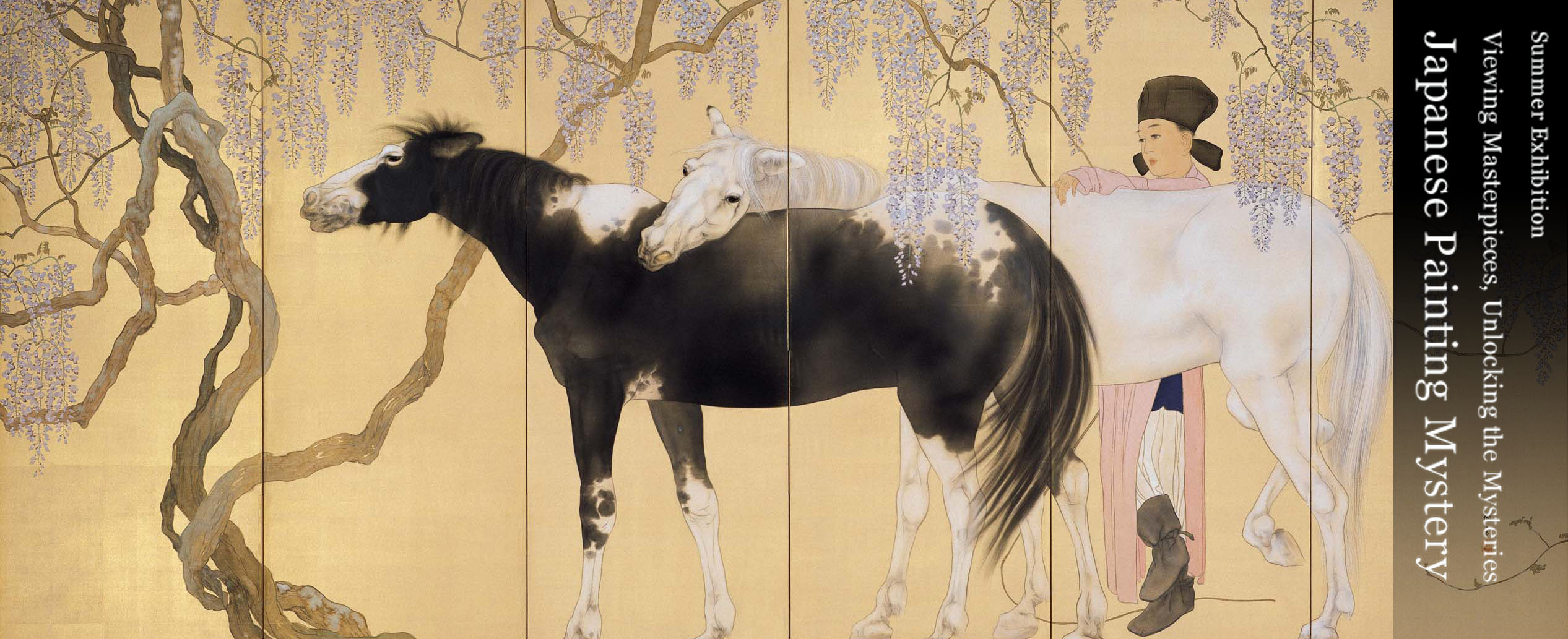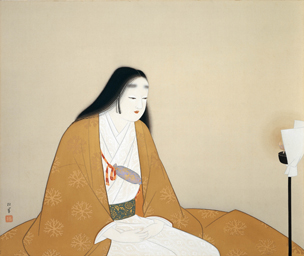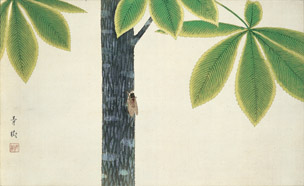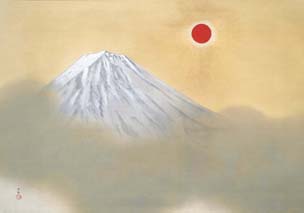
Spring Day| Hashimoto Kansetsu
Summer Exhibition CLOSED
Viewing Masterpieces, Unlocking the Mysteries
Japanese Painting Mystery
June 1 (Wed) – August 30 (Tue), 2016
What meaning does a painting have in its motif and expression? Such questions are inevitably revealed when you appreciate works of art. For example, a work depicting an animal often shows more than just animals; it may hide a different intent or the painter’s sentiment. A new painting method or delicate expression developed after the painter’s trials and errors may be also invisible to most viewers. Learning the meaning of the motif, background of the picture and the techniques used to create it allows the viewer to appreciate works from different viewpoints, making them more interested and leading them to greater appreciation. We will display masterpieces by various masters including Yokoyama Taikan with hints for the viewer to answer questions or “mysteries” regarding the paintings. Why did the painters choose this form of expression?—While unlocking the mysteries, you may find greater enjoyment in the world of Japanese paintings.

Uemura Shoen "Madame Kusunoki Masashige"
(1944)
(1944)
Tasteful Japanese Scene
--Summer--
We will display works with a summer atmosphere, such as those depicting the bright lotus or Alcea rosea flowers, cool waterfalls falling down refreshingly, and women in summer kimono, yukata. They will be fine choices from the works the museum houses, allowing viewers to feel the Japanese summer, as expressed by various painters.

Omoda Seijyu"Cicada"
(1930)
(1930)
Summer Special Exhibition
Selected Yokoyama Taikan Collection
This exhibition will give you a good opportunity to enjoy Taikan’s masterpieces, displaying works from every period. He constantly tried to develop new styles for Japanese painting. Indian Summer from his younger days, the series Twenty Scenes of the Sea and Mt. Fuji that was painted to commemorate his 50 years of art history, and Dismally Cold Wind painted in his later years will be included.

Yokoyama Taikan "Mt. Fuji"
(1940)
(1940)

